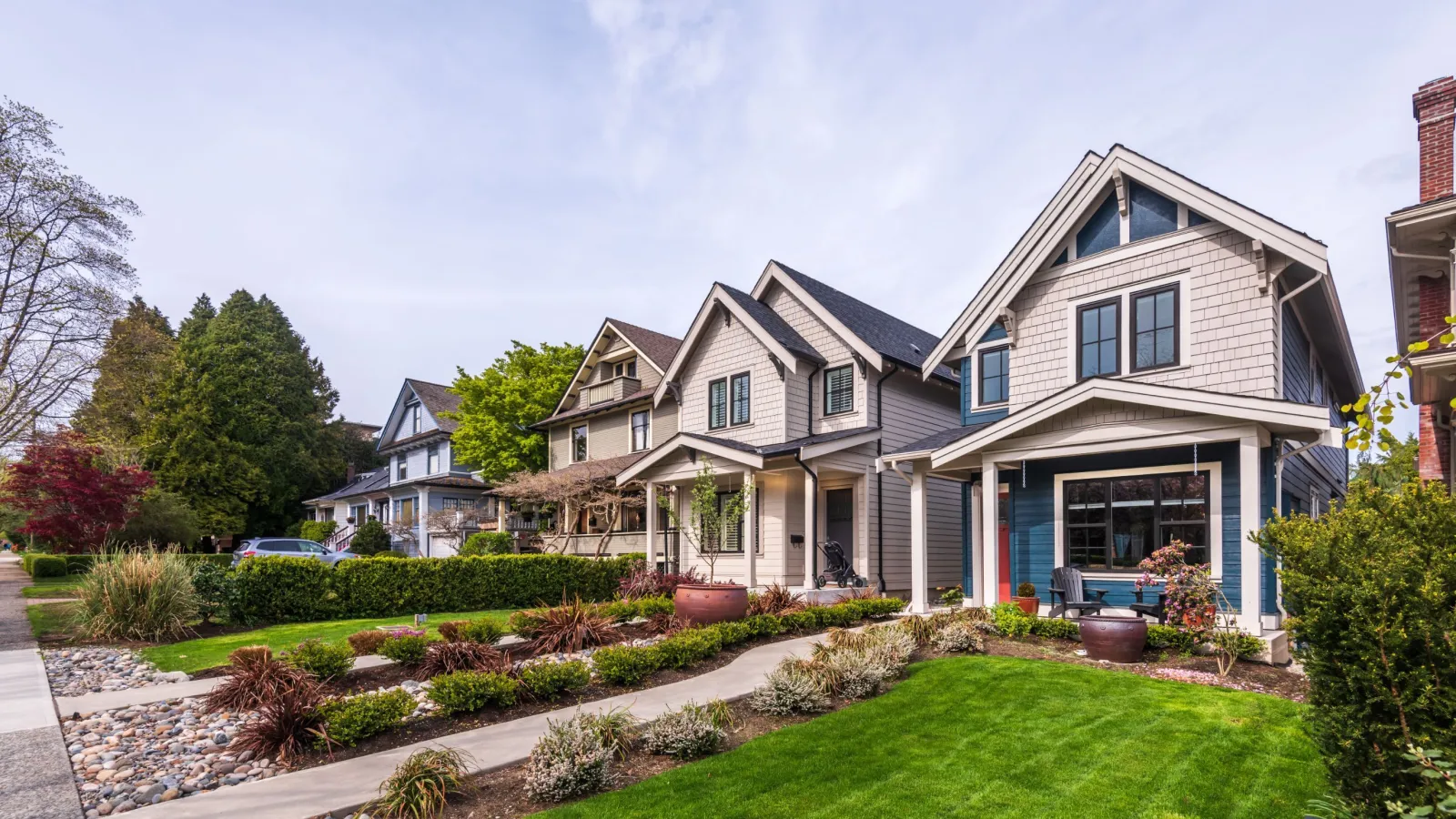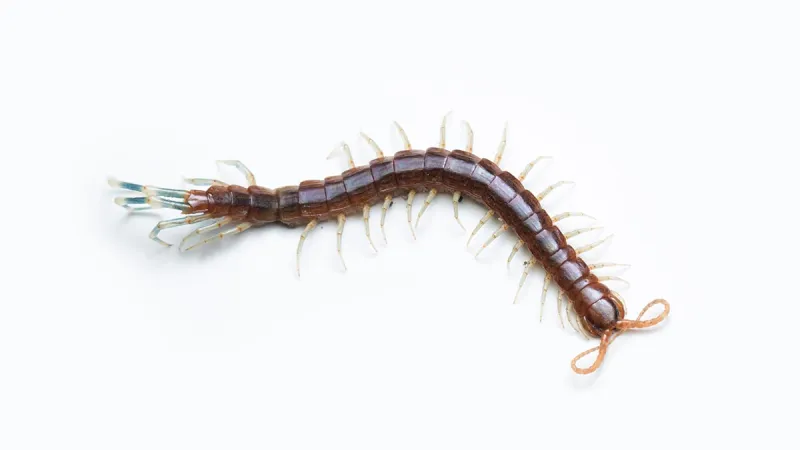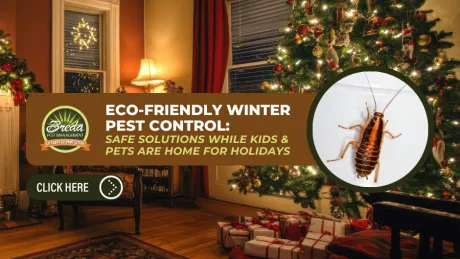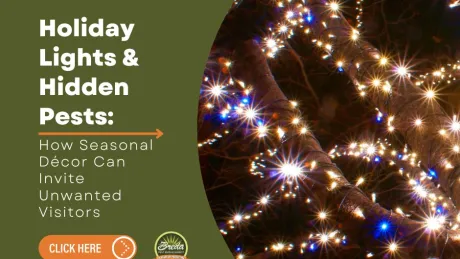
House Centipedes

Keeping House Centipedes Out Of Your Home
What Do House Centipedes Look Like?
House centipedes have long, flattened bodies with 15 pairs of legs. They have two very long hind legs and shorter front legs. Most house centipedes are greyish-yellow with three stripes running down their backs. They have two antennae and move very quickly, which can startle homeowners. On average, house centipedes grow to be 1-1 1⁄2 inches long.
Where Are House Centipedes Usually Found In A Home?
House centipedes prefer dark, damp areas in a home and areas with lots of clutter or storage. They are often spotted in basements, crawl spaces, bathrooms, garages, closets, or under cabinets. They may come up through floor drains or wall voids from underneath the foundation.
What Should I Do If I Have House Centipedes?
If you spot house centipedes in your house, focus on identifying and eliminating their food source, which is usually other insects in your home. Also seal any cracks, crevices or openings where centipedes may enter. Use sticky traps or contact insecticides applied to hiding spots to control populations. Reducing excess moisture and humidity levels can also deter house centipedes. Call a pest control expert if populations are high or you need help eradicating house centipedes.
Preventing Future House Centipede Infestations
To keep house centipedes out of your house long-term, follow these tips:
- Install door sweeps, screens, and seals around windows/doors
- Eliminate standing water issues
- De-clutter damp basements, closets, and storage spaces
- Fix leaks or moisture issues under the foundation
- Reduce exterior lighting around doors to avoid attracting other insects
Following proper sanitation and moisture control practices is key to preventing future house centipede problems. Contact the pest control experts at BREDA Pest Management today if you suspect a house centipede infestation in your home.


